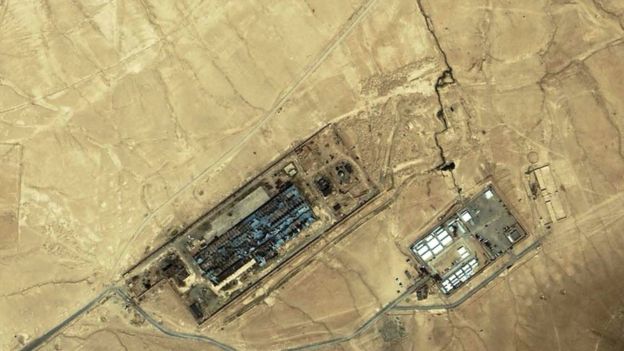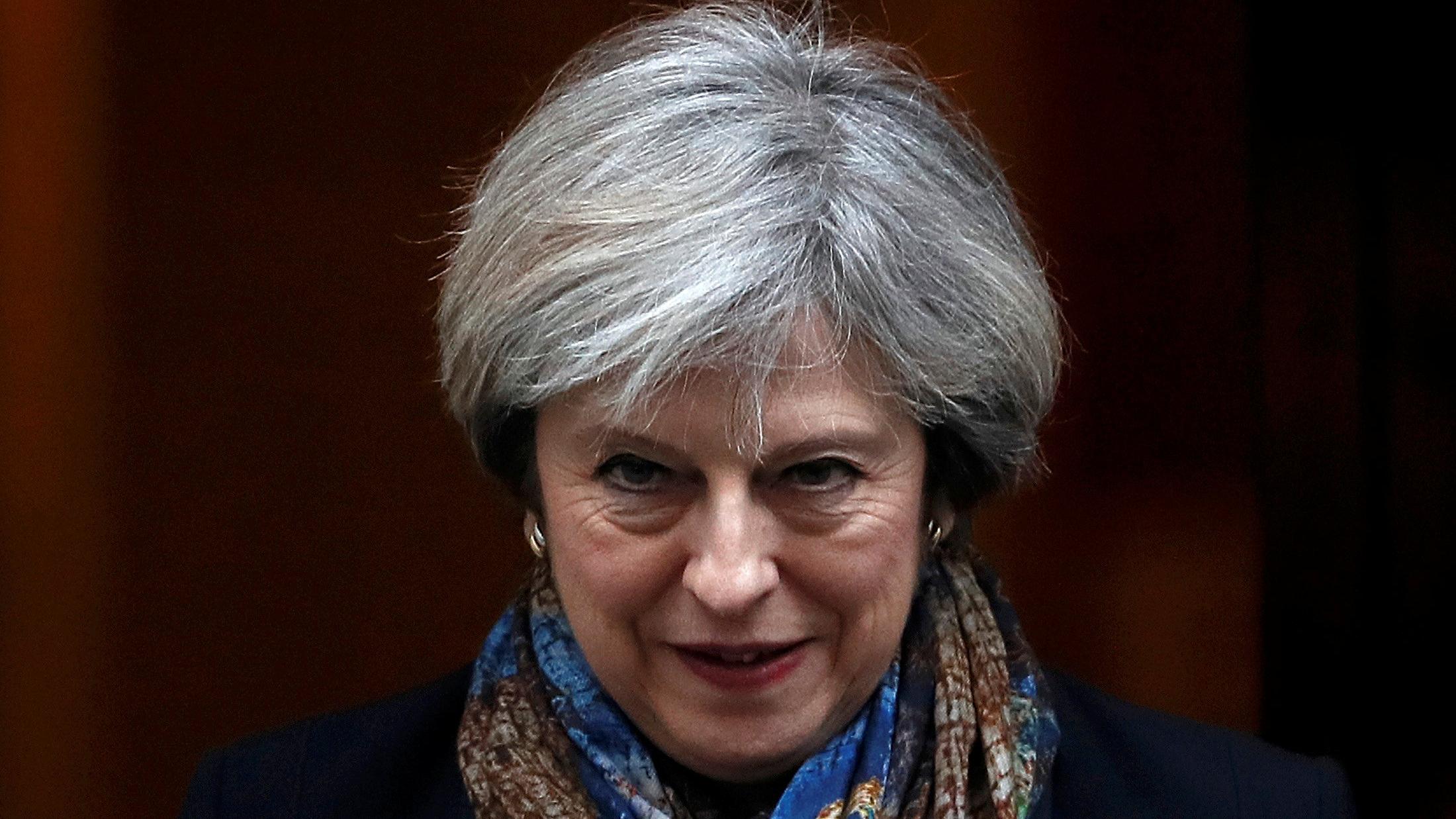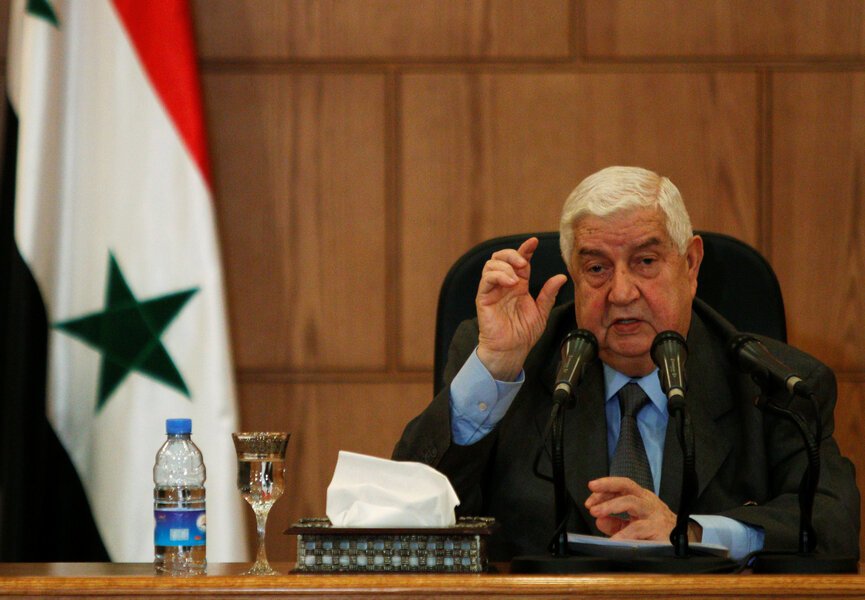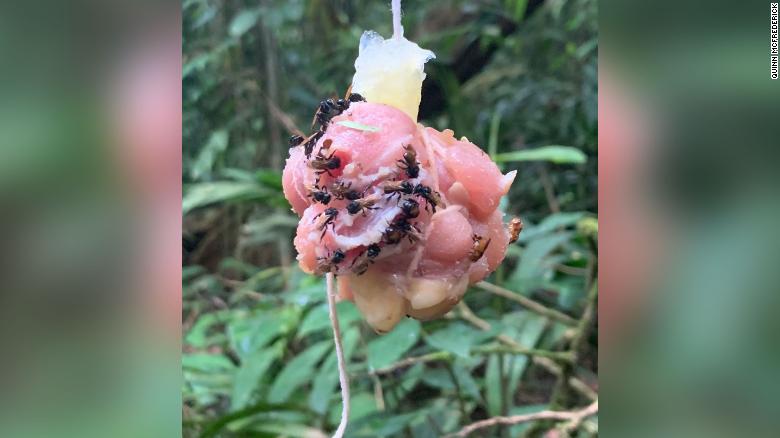
US President Donald Trump has said he believes waterboarding works, stating “we have to fight fire with fire”.
Mr Trump said that while radical groups beheaded people in the Middle East “we’re not playing on an even field”.
But Mr Trump also said he would consult Defence Secretary James Mattis and CIA director Mike Pompeo and “if they don’t want to do it that’s fine”.
Both have indicated opposition to reintroducing the interrogation method, widely considered a form of torture.
Former CIA director Leon Panetta told the BBC it would be a “serious mistake to take a backward step” on torture.
What is waterboarding?
It is an interrogation process that causes the subject to experience the sensation of drowning.
The subject is strapped to an angled board facing down and a cloth is placed over their mouth. Water is poured over the face, creating the feeling that the lungs are filling with water.
What did Trump say?
Speaking to ABC News, Mr Trump said he wanted to “keep our country safe”.
“When they’re shooting, when they’re chopping off the heads of our people and other people, when they’re chopping off the heads of people because they happen to be a Christian in the Middle East, when Isis (IS) is doing things that nobody has ever heard of since Medieval times, would I feel strongly about waterboarding?” he asked.
“I have spoken with people at the highest level of intelligence and I asked them the question ‘Does it work? Does torture work?’ and the answer was ‘Yes, absolutely’.
In his election campaign, Mr Trump had said he might order troops to carry out waterboarding “and tougher” methods on terrorism suspects, although the next day he said he would not order the military to break international law.
How has it been used, does it work and is it legal?
The CIA began using waterboarding, among other interrogation processes, after the 9/11 attacks in 2001.
Al-Qaeda figures Abu Zubaydah and Khalid Sheikh Mohammed were waterboarded dozens of times under CIA detention.
A Senate committee concluded the technique did not provide critical intelligence, but some ex-CIA officials insisted it had provided actionable information.
The technique is illegal. President Barack Obama banned torture as an interrogation technique in 2009.
And late last year, an anti-torture amendment became law. It writes into the Army Field Manual that there can be no “cruel, inhuman and degrading treatment”.
Mr Trump can rewrite the manual but the law’s stipulation that there can be “no use or threat of force” cannot be waived by executive order.
So could it come back?
If Mr Trump relies on his security team, then probably not.
The president said on ABC: “I will rely on Pompeo and Mattis and my group and if they don’t want to do it that’s fine. If they do want to do then I will work toward that end.
“I want to do everything within the bounds of what you’re allowed to do legally but do I feel it works? Absolutely I feel it works.”
When Mr Trump was sounding out Mr Mattis for defence secretary he asked him about its use.
Mr Trump told the New York Times: “[Mr Mattis] said – I was surprised – he said, ‘I’ve never found it to be useful.’ He said, ‘I’ve always found, give me a pack of cigarettes and a couple of beers and I do better with that than I do with torture.'”
Mr Pompeo has been a bit more ambivalent. He has defended the use of harsh techniques but during his confirmation hearing said he would “absolutely not” reinstate those methods.
He was more equivocal in written responses, saying that if intelligence gathering was being impeded he would look into whether changing the laws was necessary.
Mr Panetta was more forthright, telling the 100 Days programme on BBC World News: “The reality is we really don’t need to use enhanced interrogation in order to get the information that is required.”
“I think it could be damaging in terms of our image to the rest of the world.”
What other measures are being considered?
A draft document has come into the hands of US media that suggests other actions, although Trump administration spokesman Sean Spicer said it was not a White House document.
The draft order would scrap Mr Obama’s move to close the detention facility at Guantanamo Bay in Cuba.
It also calls for a review into whether the “black sites” programme should be reintroduced.
Black sites were locations overseas where the CIA carried out interrogation techniques like waterboarding post 9/11. They were closed by Mr Obama.
The Obama directive giving the Red Cross timely access to all detainees could also be revoked.
 Image copyrightAFP/SPACE IMAGING MIDDLE EAST
Image copyrightAFP/SPACE IMAGING MIDDLE EAST




